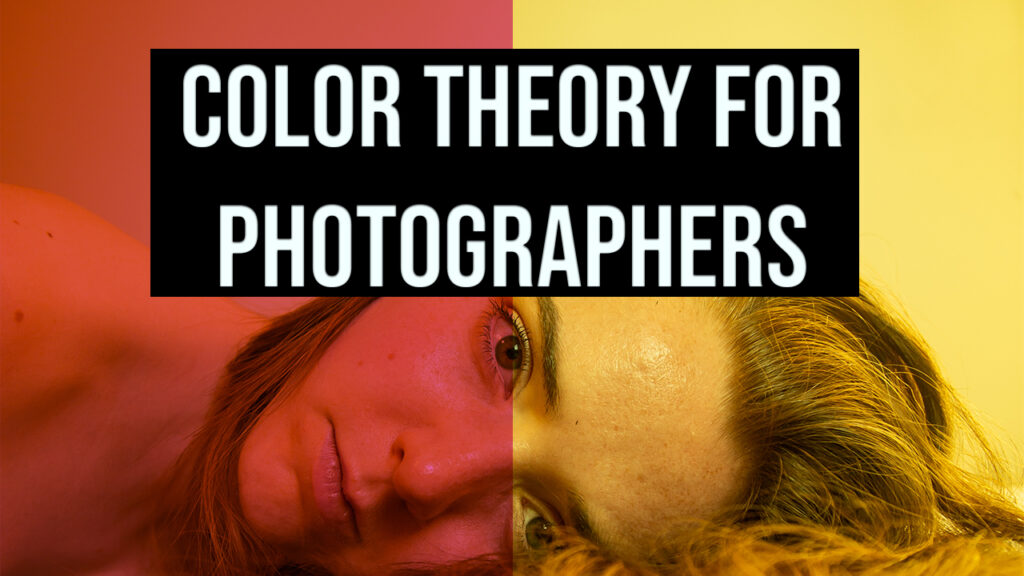For centuries, the nude has dominated the canon of art. From the Venus of Willendorf to Titian, Courbet to Mapplethorpe, the body has been a site of reverence, rebellion, and revelation. But something has shifted. In an era where the body is infinitely reproducible, where nudity floods feeds, campaigns, and consciousness, the nude is no longer radical. It is expected. It is consumed. It is decorative. And for the collector who seeks power, resonance, and psychological weight—decoration is death.
We are entering the post-erotic era of collecting.
The post-erotic collector does not acquire to be pleased. They do not seek comfort, pleasure, or even provocation in its traditional sense. They seek symbols, ruptures, resistance. They collect the residue of meaning, the images that do not satisfy but unsettle, that whisper rather than scream, that contain power not in exposure, but in tension. In what remains unspoken. In what cannot be resolved.
What Comes After the Nude?
A wound. A veil. A mirrored silence.
The post-erotic image is not designed for virality. It does not seduce in seconds. It operates slowly, with gravity. It absorbs the viewer. It activates the unconscious. It stays with you long after you turn away—not because it arouses you, but because it disarms you.
This is not eroticism. This is archetypal recognition.
The body, in this new domain, is no longer a sex object. It is a symbolic code. A battlefield of inherited shame, generational conditioning, power disguised as modesty, violence masked as protection. The post-erotic image takes this battlefield and sanctifies it. Not to heal it—but to frame it. To force the viewer to witness it in suspended stillness.
And that stillness—that refusal to please—is precisely what makes it powerful.
Why This Matters to the Collector
Collectors of post-erotic work are not buying beauty. They are acquiring tools of psychological control. They are acquiring objects that disturb, but with dignity. That dominate without noise. These works cannot be explained in an auction catalog. They must be felt. Owned. Lived with. They resist all casual interaction.
Where traditional erotic art delivers instant access to pleasure, post-erotic art denies access entirely. It does not ask to be loved. It does not care to be understood. It exists in sovereign silence. And in doing so, it creates a new form of capital: symbolic dominance.
Owning such a piece is not a gesture of taste. It is an assertion of psychic superiority.
The Value of What Is Denied
In economics, scarcity creates value. In art, denial creates myth.
When an image offers everything, it becomes disposable. When it withholds, when it protects something sacred, something forbidden, it becomes sacred itself. The post-erotic collector understands this intuitively. They are not looking for arousal. They are looking for access to a restricted language. To own one of these works is to participate in that restriction. To hold the key.
That is why post-erotic works are never priced by the square inch. They are not commodities. They are initiations.
Post-Erotic vs. Censorship
It is important to clarify: the post-erotic image is not about repression. It is not moralistic. It is not modest. It is strategic.
Censorship silences desire. Post-erotic art weaponizes it.
It understands how attention works. It understands that what is most powerful is what is missing, what is glimpsed, what is suggested but never shown. It plays with collective memory. With fantasy. With the forbidden. It taps directly into the collective unconscious—and that is why it cannot be ignored.
Who Is the Post-Erotic Collector?
They are not hobbyists. Not interior decorators. Not trend followers.
They are individuals who seek artifacts that affirm their internal asymmetry. They are deeply psychological. They are rarely loud. They do not post what they own. They buy slowly, decisively. And once they acquire, they protect. Because the value of the work is not its resale potential. It is the way it alters the room it enters.
These collectors are not interested in recognition. They are interested in transformation.
How to Create for Them
To create for the post-erotic collector, the artist must abandon seduction. They must stop trying to please or provoke in predictable ways. They must embrace restraint, complexity, symbolism, psychological tension. The work must be meticulously composed but emotionally unresolved.
It must be dangerous.
Not socially dangerous. Symbolically dangerous. It must challenge the internal narrative the viewer carries about bodies, gender, exposure, safety, worth. The image must not answer. It must echo.
Where This Is Going
The future of high-end collecting is private, coded, and emotionally charged. As the art world becomes increasingly performative and populist, the most powerful collectors will move underground—toward meaning, silence, ritual.
Post-erotic art will not be sold in open auctions. It will be acquired in quiet transactions. Through private invitations. Through whispered networks. Through artists who understand that true power is not visual. It is psychological.
Final Thought
The nude had its time. Now comes the veil. The mirrored silence. The symbolic scar.
And those who collect these images are not decorating walls. They are building temples.
If you felt something you couldn’t name, don’t explain it. Apply for access. 👉 https://www.felipehueb.com/collectors-only

96 pages, published 3/19/2025




